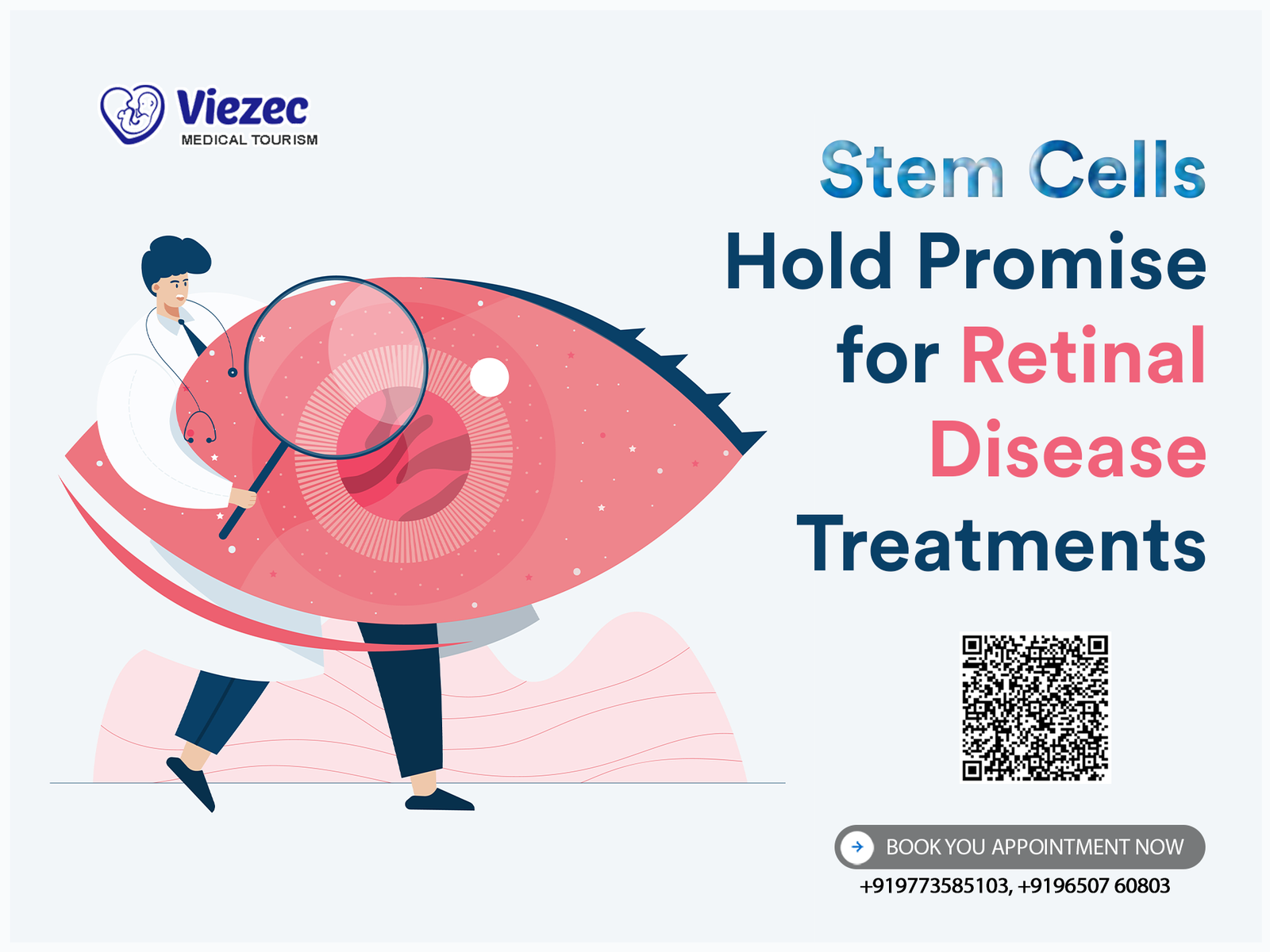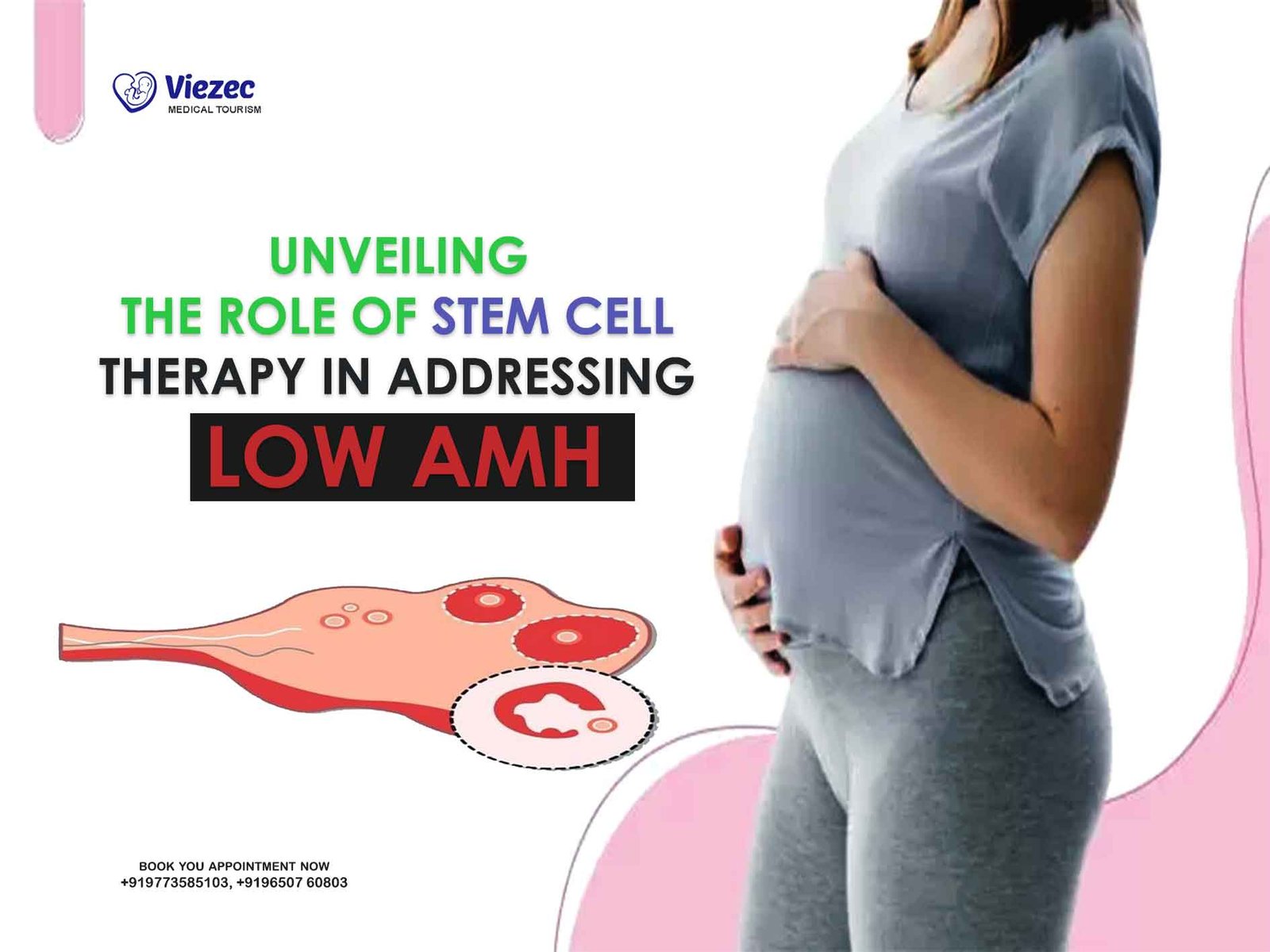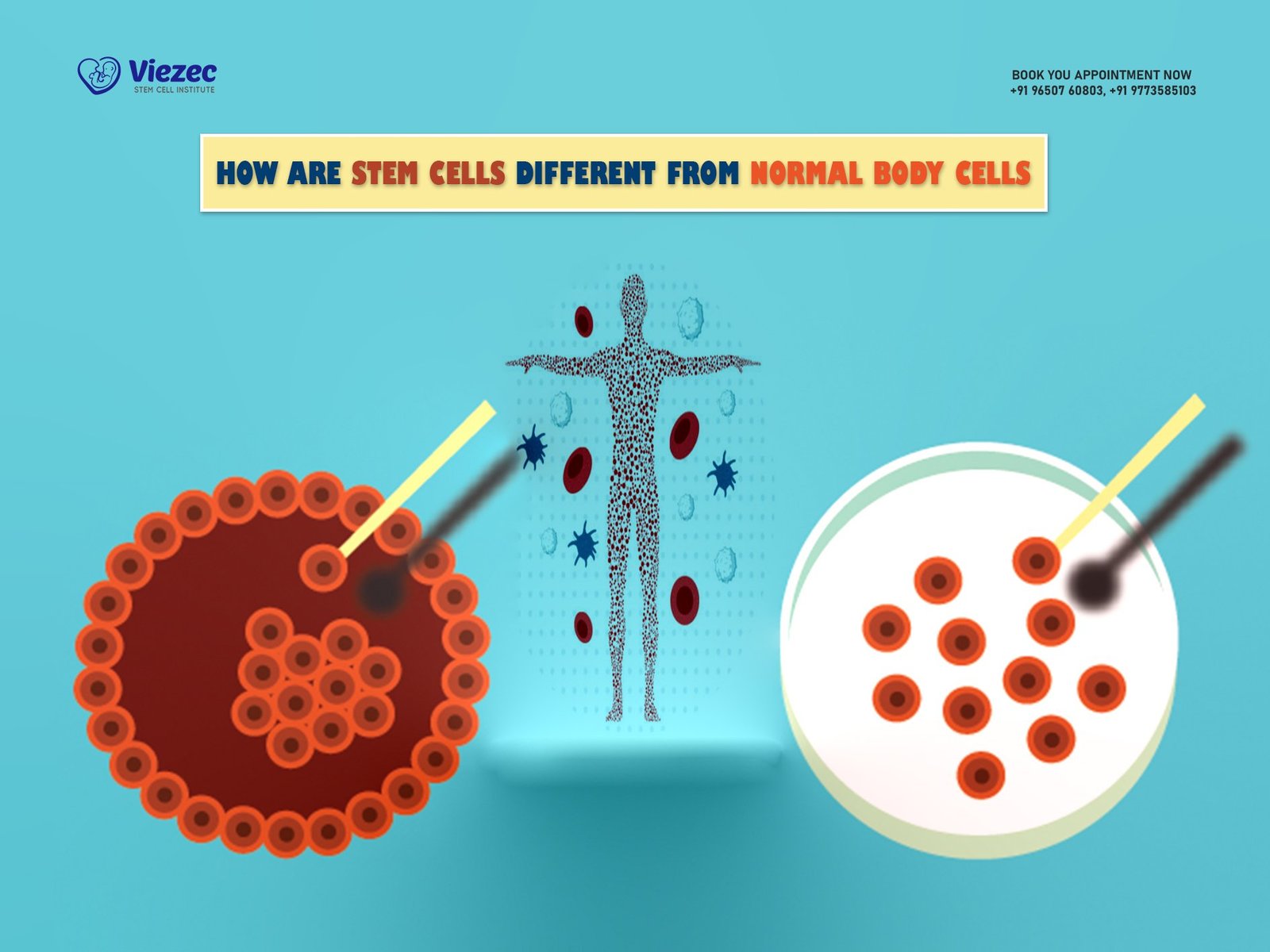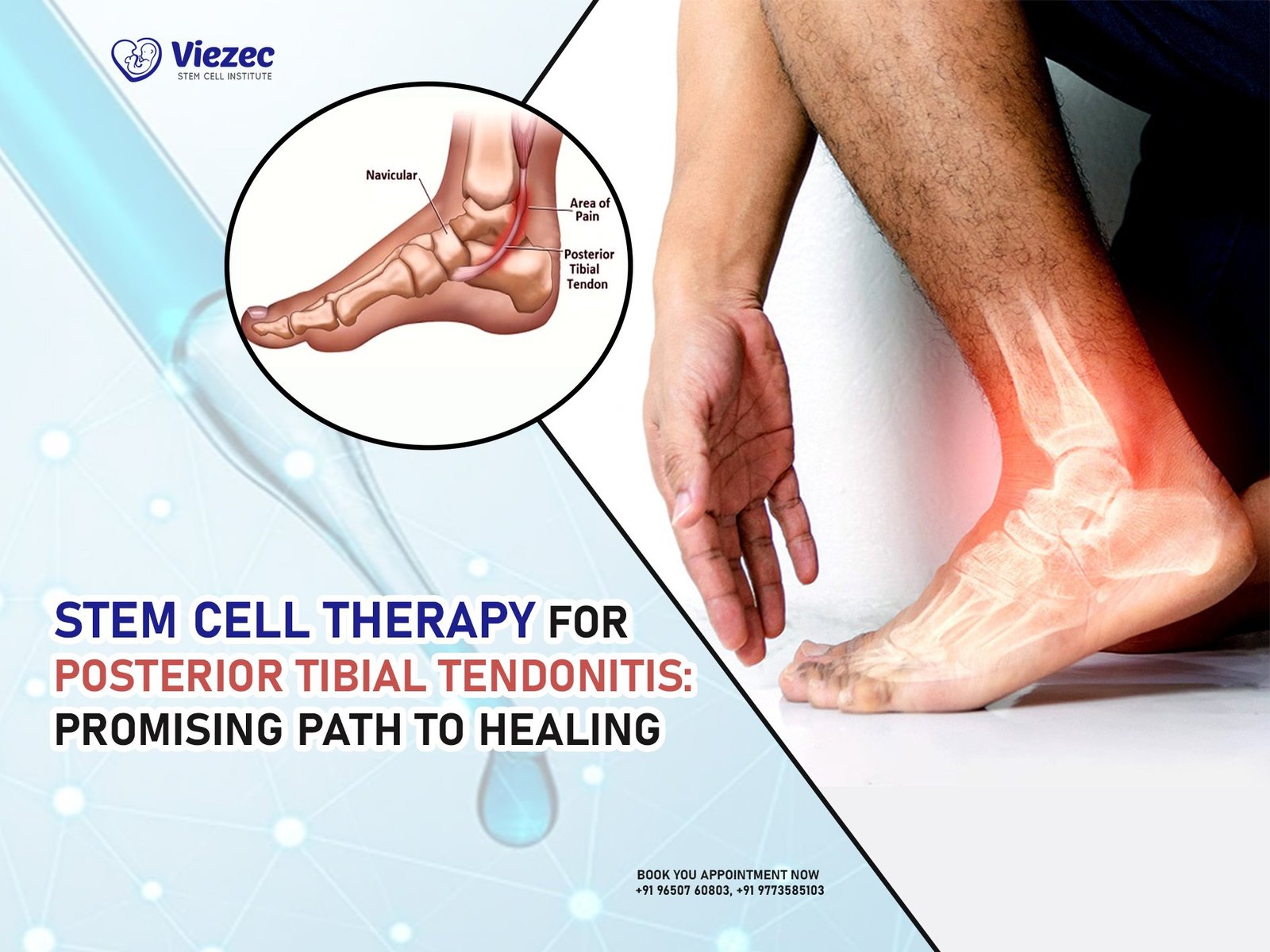Retinal diseases are a group of disorders that affect the retina, the light-sensitive tissue at the back of the eye responsible for vision. Common retinal diseases include age-related macular degeneration (AMD), retinitis pigmentosa (RP), and diabetic retinopathy. AMD, for instance, is a leading cause of vision loss in older adults, while RP is a genetic disorder that leads to progressive vision loss. Diabetic retinopathy, on the other hand, is a complication of diabetes that damages blood vessels in the retina. These diseases can severely impact vision, leading to blurred vision, blind spots, or even complete blindness. The quality of life for individuals with retinal diseases is often diminished, as they struggle with daily tasks like reading, driving, and recognizing faces.
Current treatment options for retinal diseases include medications, laser therapy, and surgical interventions. However, these treatments often only slow disease progression rather than restore lost vision. For example, anti-VEGF injections are commonly used for AMD but require frequent administration and are not effective for all patients. Similarly, laser treatments for diabetic retinopathy can prevent further damage but do not reverse existing vision loss. These limitations highlight the urgent need for innovative therapies, such as stem cell-based treatments, which hold the potential to regenerate damaged retinal tissue and restore vision.
What Are Stem Cells?
Stem cells are unique cells with the remarkable ability to develop into various specialized cell types in the body. They are characterized by two key properties: self-renewal, which allows them to divide and create more stem cells, and differentiation, which enables them to transform into specific cell types like neurons, muscle cells, or retinal cells. There are several types of stem cells, including embryonic stem cells (derived from early-stage embryos), adult stem cells (found in tissues like bone marrow), and induced pluripotent stem cells (iPSCs), which are reprogrammed from adult cells to behave like embryonic stem cells.
The versatility of stem cells makes them a promising tool for regenerative medicine. For example, embryonic stem cells can differentiate into any cell type in the body, while adult stem cells are more limited in their potential. iPSCs, however, offer a groundbreaking alternative, as they can be generated from a patient’s own cells, reducing the risk of immune rejection. These properties make stem cells an ideal candidate for repairing damaged tissues, including the retina. By harnessing the power of stem cells, researchers aim to replace lost or damaged retinal cells, offering hope to millions of people suffering from retinal diseases.
Science Behind Stem Cells and Retinal Repair
Stem cell therapy for retinal diseases focuses on replacing damaged or lost retinal cells, such as photoreceptors and retinal pigment epithelium (RPE) cells. Photoreceptors are responsible for detecting light and transmitting visual signals to the brain, while RPE cells support photoreceptor function and maintain retinal health. In conditions like AMD and RP, these cells degenerate, leading to vision loss. Stem cells offer a potential solution by differentiating into these critical cell types and integrating into the retina to restore function.
The process of stem cell therapy involves several steps. First, stem cells are cultured in a lab and guided to differentiate into retinal cells using specific growth factors and conditions. These cells are then transplanted into the retina, where they integrate with existing tissue and begin to function. Researchers are also exploring ways to enhance the survival and integration of transplanted cells, such as using scaffolds or biomaterials to support cell growth. Additionally, stem cells can secrete growth factors that promote the repair of damaged retinal tissue, further enhancing their therapeutic potential.
Breakthroughs in Stem Cell Research for Retinal Diseases
Recent years have seen significant advancements in stem cell research for retinal diseases. Numerous studies and clinical trials have demonstrated the potential of stem cells to restore vision in animal models and early human trials. For example, researchers have successfully transplanted stem cell-derived RPE cells into patients with AMD, resulting in improved vision in some cases. Similarly, stem cell-based therapies have shown promise in restoring photoreceptor function in animal models of RP.
One notable breakthrough is the use of iPSCs to generate patient-specific retinal cells. In a landmark study, Japanese researchers transplanted iPSC-derived RPE cells into a patient with AMD, marking the first successful use of iPSCs in retinal therapy. While challenges remain, such as ensuring the long-term safety and efficacy of these treatments, these breakthroughs represent a significant step forward in the field. As research progresses, stem cell therapies are expected to become more refined and widely available, offering hope to patients with currently untreatable retinal diseases.
Stem Cell Therapy for Age-Related Macular Degeneration (AMD)
Age-related macular degeneration (AMD) is a leading cause of vision loss in people over 50, affecting millions worldwide. The disease primarily damages the RPE cells, which support the photoreceptors in the macula, the central part of the retina responsible for sharp vision. As RPE cells degenerate, photoreceptors also begin to die, leading to progressive vision loss. Current treatments, such as anti-VEGF injections, can slow disease progression but do not address the underlying cell loss.
Stem cell therapy offers a promising alternative by replacing damaged RPE cells with healthy, stem cell-derived RPE cells. In recent clinical trials, researchers have transplanted stem cell-derived RPE cells into AMD patients, with some patients experiencing improved vision. For example, a Phase 1/2 trial conducted by the London Project to Cure Blindness demonstrated the safety and potential efficacy of this approach. While further research is needed to optimize the procedure and ensure long-term benefits, these findings highlight the potential of stem cell therapy to transform AMD treatment.
Stem Cell Therapy for Retinitis Pigmentosa (RP)
Retinitis pigmentosa (RP) is a group of genetic disorders that cause the progressive degeneration of photoreceptors, leading to vision loss. The disease typically begins with night blindness and peripheral vision loss, eventually progressing to complete blindness in severe cases. Currently, there is no cure for RP, and treatments are limited to managing symptoms and slowing disease progression.
Stem cell therapy offers hope for RP patients by replacing lost photoreceptors with stem cell-derived cells. Researchers are exploring various approaches, including transplanting photoreceptor precursor cells derived from stem cells into the retina. Early studies in animal models have shown promising results, with transplanted cells integrating into the retina and restoring some visual function. However, challenges remain, such as ensuring the survival and proper functioning of transplanted cells in the complex retinal environment. Despite these hurdles, stem cell therapy represents a groundbreaking approach to treating RP and restoring vision in affected individuals.
Stem Cell Therapy for Diabetic Retinopathy
Diabetic retinopathy is a complication of diabetes that damages the blood vessels in the retina, leading to vision loss. The disease progresses through several stages, starting with mild non-proliferative diabetic retinopathy and advancing to severe proliferative diabetic retinopathy, where abnormal blood vessels grow and leak into the retina. Current treatments, such as laser therapy and anti-VEGF injections, focus on managing symptoms but do not address the underlying damage.
Stem cell therapy holds promise for diabetic retinopathy by repairing damaged blood vessels and reducing inflammation. Stem cells can differentiate into endothelial cells, which line blood vessels, and secrete growth factors that promote vascular repair. Additionally, stem cells have anti-inflammatory properties that can help reduce the chronic inflammation associated with diabetic retinopathy. Early studies in animal models have shown that stem cell therapy can improve retinal function and prevent further vision loss. As research progresses, stem cell-based treatments could offer a more effective and long-lasting solution for diabetic retinopathy patients.
Induced Pluripotent Stem Cells (iPSCs) in Retinal Disease Treatment
Induced pluripotent stem cells (iPSCs) are a revolutionary advancement in stem cell research. These cells are created by reprogramming adult cells, such as skin cells, to revert to a pluripotent state, meaning they can differentiate into any cell type in the body. iPSCs offer several advantages over other stem cell types, including the ability to generate patient-specific cells, reducing the risk of immune rejection.
In retinal disease treatment, iPSCs are being used to create patient-specific retinal cells for transplantation. For example, researchers have successfully generated iPSC-derived RPE cells and photoreceptors for use in AMD and RP patients. This personalized approach not only enhances the safety and efficacy of stem cell therapy but also opens the door to tailored treatments for individual patients. As iPSC technology continues to advance, it is expected to play a central role in the future of retinal disease treatment.
Safety and Efficacy of Stem Cell Treatments
The safety and efficacy of stem cell treatments are critical considerations in their development and application. While stem cell therapy holds great promise, it is not without risks. One potential risk is tumor formation, as stem cells have the capacity for unlimited self-renewal. Improper differentiation of stem cells can also lead to the formation of non-functional or harmful cells.
To address these risks, researchers are developing stringent protocols to ensure the proper differentiation and quality control of stem cell-derived products. Additionally, clinical trials are closely monitored to assess the safety and efficacy of stem cell treatments. As the field advances, ongoing research and technological innovations are expected to improve the safety and effectiveness of stem cell-based therapies, making them a viable option for retinal disease treatment.
Role of Gene Editing in Stem Cell Therapy
Gene editing technologies, such as CRISPR/Cas9, are revolutionizing stem cell therapy by enabling precise modifications to the genetic code. In retinal disease treatment, gene editing can be used to correct genetic mutations in stem cells before transplantation. For example, researchers have used CRISPR to correct mutations in iPSCs derived from RP patients, restoring their ability to differentiate into functional photoreceptors.
Combining gene editing with stem cell therapy offers a powerful approach to personalized medicine. By correcting genetic defects and generating patient-specific cells, this approach enhances the safety and efficacy of stem cell treatments. Case studies have demonstrated the potential of gene-edited stem cells to restore vision in animal models, paving the way for future clinical applications in humans.
Patient Perspectives and Real-Life Experiences
The emotional and psychological impact of retinal diseases can be profound, as patients grapple with the loss of independence and quality of life. For those who have undergone experimental stem cell treatments, the experience can be life-changing. Stories of patients regaining partial vision or halting disease progression offer hope to others facing similar challenges.
One such story is that of a patient with AMD who participated in a stem cell clinical trial. After receiving a transplant of stem cell-derived RPE cells, the patient reported improved vision and the ability to perform daily tasks more easily. While not all patients experience such dramatic results, these stories highlight the potential of stem cell therapy to transform lives. As more patients participate in clinical trials, their experiences will provide valuable insights into the real-world impact of stem cell treatments.
Future Directions in Stem Cell Research for Retinal Diseases
The future of stem cell research for retinal diseases is bright, with emerging technologies and innovations poised to revolutionize treatment. Advances in stem cell delivery methods, such as 3D bioprinting and biomaterials, are expected to enhance the integration and survival of transplanted cells. Additionally, the development of large-scale production methods for stem cell-derived products will make these treatments more accessible to patients.
Collaboration between researchers, clinicians, and biotech companies is essential to accelerate progress in the field. By pooling resources and expertise, these stakeholders can overcome existing challenges and bring stem cell therapies to market more quickly. As research continues, the potential for stem cells to restore vision and improve quality of life for retinal disease patients grows ever closer to reality.
Global Efforts and Collaborations in Stem Cell Research
Stem cell research for retinal diseases is a global endeavor, with researchers, governments, and organizations working together to advance the field. International initiatives, such as the Global Stem Cell and Regenerative Medicine Initiative, aim to accelerate the development of stem cell therapies through collaboration and knowledge sharing. Governments and private sectors are also investing heavily in stem cell research, recognizing its potential to transform healthcare.
These global efforts are essential to overcoming the challenges associated with stem cell therapy and bringing treatments to patients. By fostering collaboration and innovation, the international community can ensure that stem cell therapies for retinal diseases become a reality for patients worldwide.
Promise of Stem Cells for Retinal Disease Treatments
Stem cell therapy holds immense promise for the treatment of retinal diseases, offering the potential to restore vision and improve quality of life for millions of patients. From replacing damaged retinal cells to addressing the underlying causes of disease, stem cells represent a groundbreaking approach to retinal repair. While challenges remain, continued research and innovation are paving the way for safe and effective stem cell-based treatments.
The importance of public support and funding for stem cell research cannot be overstated. By advocating for stem cell research and supporting organizations focused on retinal diseases, individuals can contribute to the development of life-changing therapies. With ongoing advancements, the future of stem cell therapy for retinal diseases is bright, offering hope to patients and their families.
Supporting Stem Cell Research
The development of stem cell therapies for retinal diseases relies on the support of individuals, organizations, and governments. Readers can contribute to this vital research by donating to organizations focused on retinal diseases and stem cell research, participating in clinical trials, or advocating for increased funding.
Resources for learning more about stem cell research and clinical trials are available through organizations such as the National Eye Institute and the Foundation Fighting Blindness. By staying informed and supporting stem cell research, individuals can play a role in bringing these transformative treatments to patients in need. Together, we can make a difference in the lives of those affected by retinal diseases.









